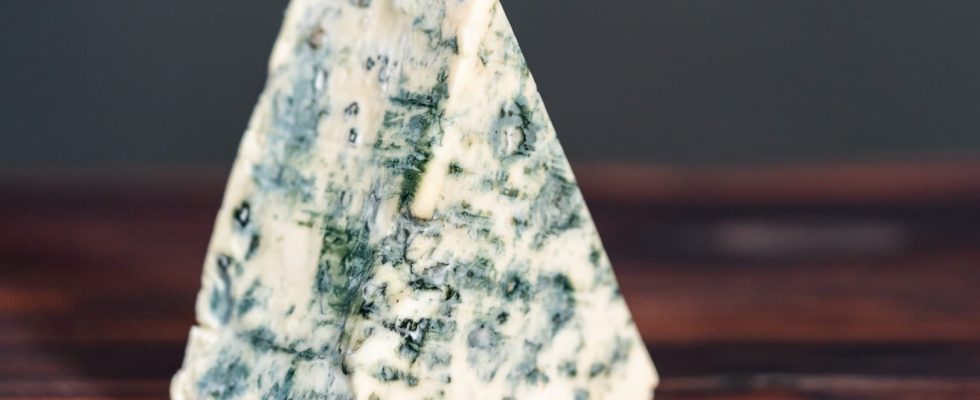If mold is part of the manufacturing process of certain cheeses, it can be dangerous when it is present on others…
Do you like the white fuzz on Brie and Camembert, the blue spots on Auvergne blue? This little detail that makes all the difference is mold. Is it bad to eat it? Or even dangerous? We take stock with Pauline Pied, dietician-nutritionist.
Brie, Roquefort… Cheeses with controlled mold
On some cheeses, mold is naturally present. This is what we call a “noble” mold, which constitutes the characteristic of the cheese and gives it its flavor. In this specific case, the cheesemakers integrate intentionally mushrooms during preparation so that the latter proliferate and provide them with the desired taste and texture. “These mushrooms are known and do not present no danger to health. We can therefore consume them without any worry, as long as we do not exceed the expiration date“, assures Pauline Pied. This is the case for cheeses like brie, camembert or coulommiers which are developed from the mushroom “penicillium camemberti” as well as Roquefort cheese and Auvergne blue cheese made from another mushroom called “penicillium roqueforti”. But this is not the case of mold that happens over time, degradation and humidity.
Cheeses to avoid
Apart from these well-identified cheeses, our dietician strongly advises against consuming cheeses on which mold has appeared over time. “In fact, these uncontrolled molds produce mycotoxins, toxic molecules emitted by certain types of fungi, which are harmful to health. They are likely to cause different symptoms ranging from simple gastroenteritis to much more serious illnesses such as kidney failure“, explains the dietician. However, it is not necessarily obligatory to throw the cheese in the trash ! In fact, it all depends on the type of cheese. “If it is a semi-soft or hard cheese, it is possible to remove the affected part and consume the rest. On the other hand, if mold appears on a soft or fresh cheese, it should not be consumed because the whole cheese has been contaminated by mycotoxins.“, warns our interlocutor.
Thanks to Pauline Pied, dietitian-nutritionist.
